Base Layer vs. Rash Vest: What's the difference?
Both a base layer and a rash vest are a thin, lightweight layer that can be warn alone to provide UV protection or under other, warmer layers when you’re on the water. This could easily lead you to believe that the two are pretty much interchangeable. However, each one has been carefully designed for a different purpose, so it’s important to make sure you’re wearing the right one before you head out.
Rash Vest
Otherwise known as a rash guard or a rashie, a rash vest is used by surfers to protect their torsos from the rough surf wax on their boards, and prevent it causing a rash (of course). It conveniently doubles up as protection from the sun on warmer days when a wetsuit might feel excessive and you’d prefer to be in something lighter and less restrictive. All the rash vests on Wetsuit Outlet offer UV protection, so you don’t need to worry about sunscreen washing off in the water the next time you’re out in the sun.
On cooler days, many people choose to wear a rash vest under their wetsuits to protect areas like the neck and underarms from any chafing that might come from the wetsuit seams and seals. Though your standard rashie won’t provide a huge amount of insulation, some rash vests, like the Rip Curl Flashbomb Polypro Top come with a polypro lining – a fast-drying, lightweight, fleece that will trap in body heat and keep you warmer.
A rash vest should be very close fitting, as you don’t want it wrinkling under a wetsuit, however, if you intend to wear it just for UV protection, you may prefer a looser fitting rash t-shirt. For small children, a sun suit like this Billabong Toddler Sun Suit is the perfect way to keep them safe in the sun, as it's essentially a rash vest with legs.
Another use for rash vests is in performance dinghy sailing. Sailors sometimes choose to wear a larger size rash vest over their buoyancy aid and other layers, as this reduces their windage and prevents anything on the buoyancy aid catching on parts of the boat.
Base Layer
When you’re doing any sport or activity, your body will sweat more than usual. As this moisture forms on your skin, it can result in your body temperature dropping, and you feeling colder. It’s also just quite uncomfortable to be wearing damp clothes.
The key purpose of a base layer is to wick moisture away from your skin to prevent you cooling down, whilst also providing an extra layer of insulation. Synthetic fabrics are popular choices for base layers, as they’re cheaper, fast drying and high wicking, making them ideal for milder temperatures and high-activity sports.
However, you get what you pay for, so a warmer option is merino wool, like this Helly Hansen Merino Top. Coming directly from merino sheep, it has a natural ability to regulate your body temperature as well as being naturally antibacterial, which stops it retaining the smell of body odour. The main downside is that merino base layers may take a little longer to dry and it can be less effective at wicking away sweat than synthetic options.
Like a rash vest, a base layer should fit you like a second skin, being tight across your skin but without limiting your flexibility. It also needs to be comfortable and fit under other layers, such as a fleece and a waterproof jacket or an undersuit and a drysuit.
Summary
In general, a rash vest is there to protect you from rashes or from the sun, whereas a base layer is designed to keep moisture away from your body and keep you warm. Therefore, as a simple rule, if your skin is likely to get wet during the activity, such as in surfing, snorkelling, bodyboarding and swimming, you’d be better off wearing a rash vest. If you plan to stay dry underneath your layers, such as in yacht sailing, kayaking, RIB driving, or any sport where you’ll be wearing a drysuit, a base layer is the best choice.
--
Written by Eliza Tilbury
Updated on 26th April 2023
Originally published on 23rd September 2019 in Kayaking











































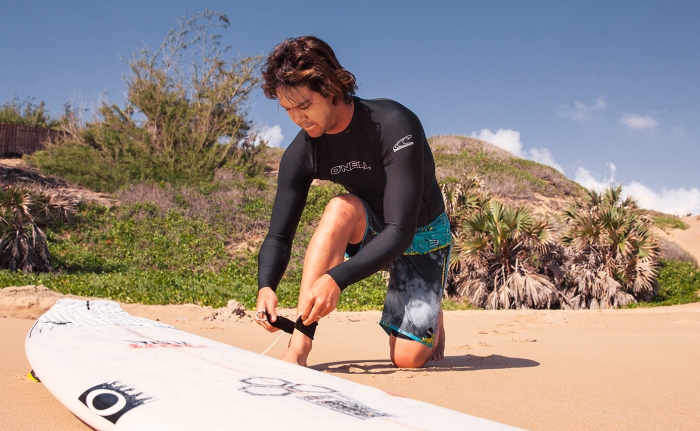






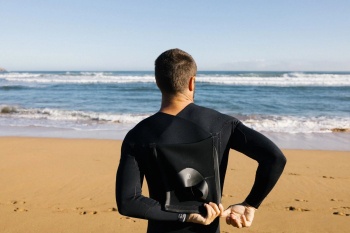
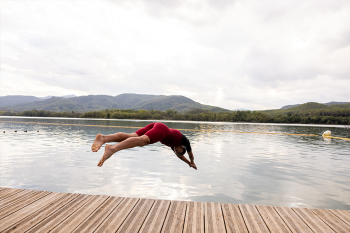

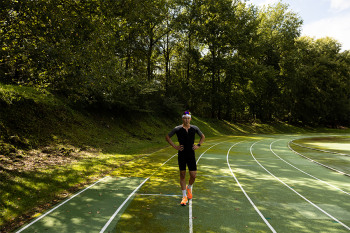

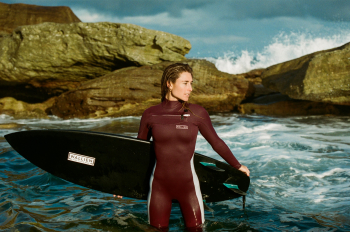
 Visit the US site
Visit the US site  Continue to DK
Continue to DK